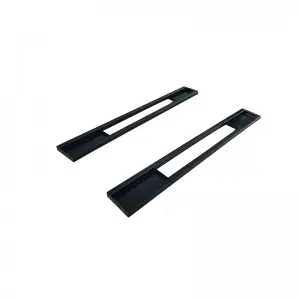
Unlocking the Secrets of the Cylinder: A Comprehensive Guide to Understanding this Basic Shape
Cylinders are one of the most basic and commonly encountered shapes in our daily lives. From the cans we drink from to the lamps we use for light, cylinders are a fundamental part of our world. Despite their simple appearance, cylinders are actually quite fascinating and have many interesting properties that make them unique.
A cylinder is a three-dimensional shape that consists of two parallel circular bases connected by a curved surface. The bases are always congruent to each other, meaning they have the same size and shape. The line segment connecting the centers of the two bases is known as the axis of the cylinder. The height of a cylinder is the distance between the two bases along the axis.

Unlocking the Secrets of the Cylinder: A Comprehensive Guide to Understanding this Basic Shape
One of the defining characteristics of a cylinder is its curved surface area. Unlike a cube or a rectangular prism, which have flat faces, a cylinder’s surface is curved. This allows cylinders to roll smoothly on flat surfaces, making them ideal for wheels and other rolling objects.
Another interesting property of cylinders is their volume. The volume of a cylinder can be calculated using the formula V = πr^2h, where r is the radius of the base and h is the height of the cylinder. This formula shows that the volume of a cylinder is directly proportional to the square of the radius and the height. This means that increasing either the radius or the height of a cylinder will increase its volume.
Cylinders are also commonly used in architecture and engineering. For example, columns in buildings are often cylindrical in shape because of their strength and stability. The circular shape of a cylinder helps distribute weight evenly, making it a solid choice for supporting heavy structures.
In the world of mathematics, cylinders are often used to teach students about geometry and basic shapes. By studying the properties of cylinders, students can learn about concepts such as surface area, volume, and symmetry. Cylinders are also used in calculus and other advanced math courses to study more complex shapes and functions.

Unlocking the Secrets of the Cylinder: A Comprehensive Guide to Understanding this Basic Shape
In conclusion, cylinders may seem like a simple shape, but they are actually quite complex and versatile. From their unique curved surface to their practical applications in everyday life, cylinders have many interesting properties that make them an essential part of our world. Whether you are studying geometry or engineering, understanding the basics of cylinders is key to unlocking the secrets of this basic shape.New Engery Vehicle Battery Lift
